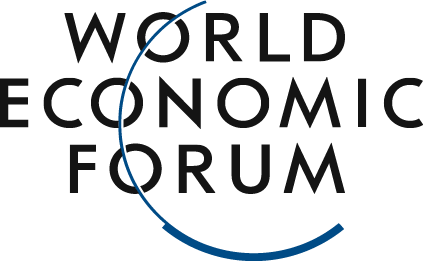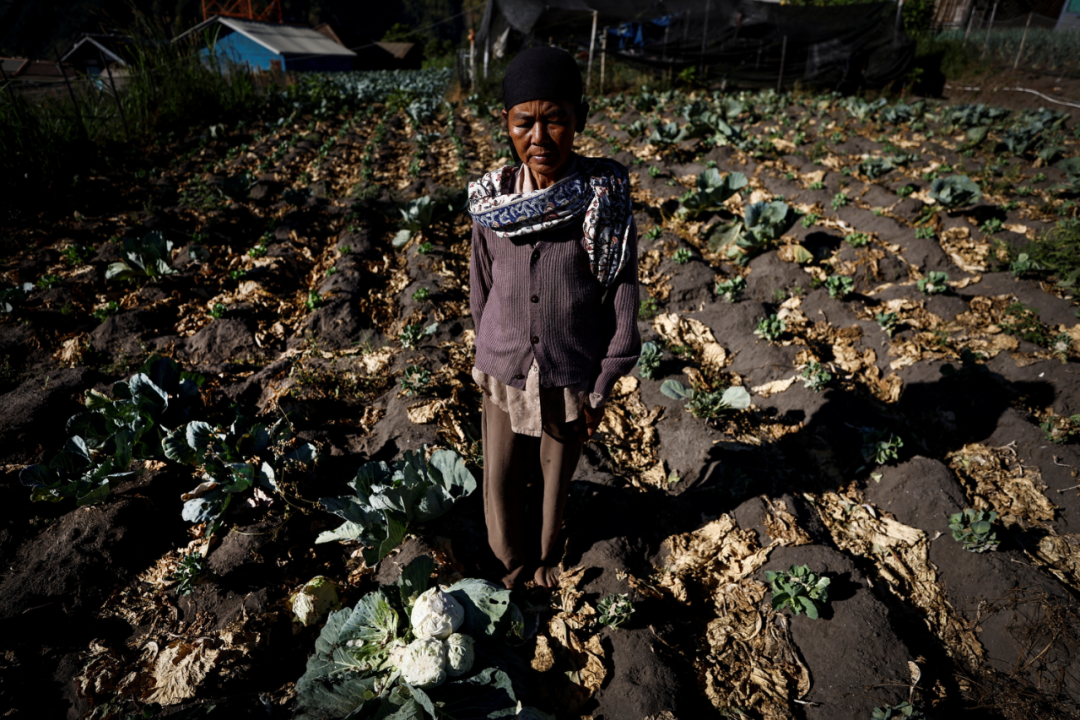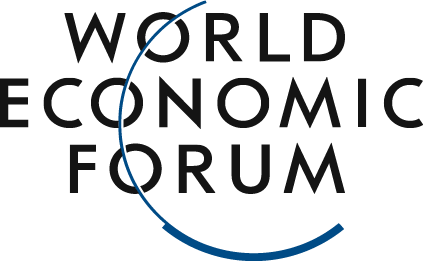A Tengger farmer from East Java, Indonesia.
Image source:Reuters/Willy Kurniawan
Aditi Mukherji
Consultative Group on International Agricultural Research (CGIAR)
Head of the Platform for Actions on Adapting to and Mitigating Climate Change Impacts
Targeted funding must be provided to countries where the agricultural sector is most severely affected by the climate crisis.
The Loss and Damage Fund can provide support to smallholder farmers in low- and middle-income countries.
To maximize impact on the agricultural sector, climate finance must be data-driven.
The last UN climate talks held in Dubai were dubbed the "Food COP," and given that, COP29 is rightly poised to place a strong focus on financing. The impacts of climate change are becoming increasingly severe, with the food and agriculture sectors often bearing the brunt. Droughts, floods, and heatwaves threaten food production and food security, leading to substantial economic losses.This year's talks held in Baku, Azerbaijan, presented a crucial opportunity to build on the historic Loss and Damage Fund established in 2023, offering compensation to countries that are most reliant on agriculture and particularly vulnerable to climate risks caused by others.Over the past 30 years, disaster events have resulted in crop and livestock losses totaling approximately $3.8 trillion—equivalent to $123 billion annually. These losses, however, are not evenly distributed: low- and middle-income countries (LMICs) have borne the brunt, with damages accounting for 10–15% of their agricultural GDP on average.Besides the economic impact, the disasterThe crop and livestock losses caused by disasters also trigger a ripple effect on food security, health, water resources, and the environment—particularly in vulnerable rural communities. Between 2008 and 2018, low- and middle-income countries experienced annual agricultural damage averaging 6.9 trillion kilocalories, enough to meet the caloric needs of 7 million adults. In Latin America and the Caribbean, daily losses amounted to 975 calories—equivalent to 40% of the recommended daily intake for an adult—followed by Africa (559 calories, or 23%) and Asia (283 calories, or 12%).The frequency and severity of disaster events are also on the rise, having increased fivefold over the past 50 years. By 2050, population growth is expected to be most pronounced in some of the poorest countries facing the greatest food insecurity. Decisive action must be taken now—otherwise, communities and entire nations could become trapped forever in a cycle of climate devastation and recovery, relying entirely on international food aid.Farmers struggling to cope with the impacts of climate change are receiving no support, leaving crop yields in serious jeopardy—and set to decline sharply further. Predictions already indicate that by the end of this century, rice production in Asia could drop by as much as 50%, even as the region’s population is expected to remain largely unchanged.The Loss and Damage Fund could help address the current imbalance, ensuring food security and enabling farmers to sustain their livelihoods. In low- and middle-income countries, agriculture typically accounts for 25% of national GDP and directly employs up to 35% of the population. Smallholder farmers in these nations should be the ultimate beneficiaries. With increased financial support, smallholders can access improved seeds, training, and climate-adaptation technologies, boosting productivity and enhancing their resilience against intensifying droughts, floods, cyclones, and other climate-related shocks.This, in turn, strengthens food security, reduces poverty, and fosters economic growth. Agriculture can serve as the backbone of more climate-resilient rural economies, while also spurring growth in related sectors such as transportation, processing, and retail—ultimately contributing to broader economic stability and development.To unlock these benefits, climate finance must be guided by evidence and data. Science is already making a difference: climate attribution studies have successfully determined the extent to which human-induced climate change has influenced specific extreme weather events and patterns. By identifying climate change as the driving force behind particular floods, droughts, heatwaves, and other weather-related challenges affecting agriculture, cutting-edge research is now enabling us to quantify precisely how climate change is impacting the agricultural sector.Attribution science not only informs compensation claims and financial assistance for vulnerable countries and regions, but also enhances our understanding of the long-term damage to agricultural systems—and provides a foundation for targeted adaptation strategies. United Nations research has already shown that wheat yields in Morocco and Kazakhstan, as well as maize production in South Africa, have suffered losses of approximately 2–10%.However, this type of research also has its limitations. Currently, many rural agricultural communities lack reliable climate monitoring systems and historical records, resulting in significant data gaps. Due to the absence of high-quality, locally sourced data, attribution studies in some of the regions most severely affected by climate change are compromised in terms of accuracy. As a result, researchers’ ability to precisely assess and quantify the losses and damages in these areas is also constrained.However, there are tools available that offer cutting-edge methodologies, enhanced metrics, and customized climate information systems to help fill data gaps. For instance, the Consultative Group on International Agricultural Research (CGIAR) is collaborating with national agricultural research systems and local partners worldwide to collect and analyze climate data from underserved regions. To identify where funding can yield the most impactful recovery outcomes, we must scale up similar initiatives—strengthening monitoring systems and developing specialized tools to track real-time losses and damages.Global leaders at COP29 are discussing how to prioritize the allocation of resources from the Loss and Damage Fund. Farmers must be at the forefront of this critical conversation. By strategically distributing these resources, we can ensure a just transition toward sustainable food systems, reduce emissions, and build resilience against future climate shocks. Leaders must recognize that climate justice means giving priority to those who have contributed the least to global emissions yet bear the greatest burden—while ensuring that no one is left behind.
The above content solely represents the author's personal views.This article is translated from the World Economic Forum's Agenda blog; the Chinese version is for reference purposes only.Feel free to share this on WeChat Moments; please leave a comment below the post if you’d like to republish.
Translated by: Di Chenjing | Edited by: Wang Can
The World Economic Forum is an independent and neutral platform dedicated to bringing together diverse perspectives to discuss critical global, regional, and industry-specific issues.
Follow us on Weibo, WeChat Video Accounts, Douyin, and Xiaohongshu!
"World Economic Forum"





